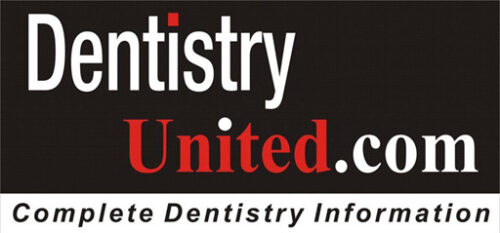May 2, 2025 | By DentistryUnited Editorial Team
Key Facts for Dentists
Kanye West and Bianca Censori have issued a notice of intent to sue Beverly Hills dentist Dr. Thomas Connelly, alleging malpractice during cosmetic dental treatments from 2024 to 2025. They claim Connelly supplied excessive nitrous oxide, including “surgical-size” tanks delivered to West’s home, leading to addiction, neurological damage, and psychological trauma. The couple also alleges Connelly administered a propofol-like sedative without proper oversight, necessitating emergency care. Censori reports loss of companionship due to West’s decline. No lawsuit has been filed yet, pending California’s 90-day notice period, per NBC News and People.
Impact on Dental Practice
This high-profile case highlights the risks of sedative misuse in dentistry, particularly with nitrous oxide and potent anesthetics like propofol. It underscores the potential for legal and reputational consequences when patient safety protocols are not strictly followed.
For dental practices, the allegations emphasize:
•Patient Safety Risks: Overuse of nitrous oxide can cause neurological harm, dependency, and erratic behavior, as alleged in West’s case.
•Liability Exposure: Improper administration or lack of monitoring can lead to malpractice claims, financial losses, and regulatory scrutiny.
•Public Trust: High-profile cases can erode confidence in dental care, especially when involving celebrity patients, amplifying media attention.
How Dentists Can Protect Their Practice
To avoid similar risks, dentists must exercise caution and adhere to best practices:
1,Strict Nitrous Oxide Protocols: Limit nitrous oxide use to clinical settings, monitor dosages, and ensure proper equipment calibration. Never provide take-home access.
2,Sedative Oversight: Use potent sedatives like propofol only with trained personnel, continuous monitoring, and post-administration assessments to confirm patient stability.
3,Patient Monitoring: Watch for signs of overuse, such as neurological symptoms or behavioral changes, and document all observations.
4,Informed Consent: Clearly communicate risks of sedatives to patients, documenting discussions to mitigate liability.
5,Regulatory Compliance: Follow state regulations and American Dental Association guidelines on anesthetic use, including inventory control and disposal.
6,Staff Training: Regularly train staff on safe sedative administration, emergency response, and recognizing substance misuse.
7,Thorough Documentation: Maintain detailed records of treatments, dosages, and patient interactions to support clinical decisions if challenged.
By prioritizing these measures, dentists can reduce risks, protect patients, and safeguard their practice from legal and ethical pitfalls. This case may prompt stricter oversight of sedative use in dentistry, urging professionals to stay proactive in education and compliance.
Stay informed with DentistryUnited for updates and resources on safe dental practices.
Sources:
•NBC News, May 1, 2025
•People, May 1, 2025
•Geo News, May 2, 2025

